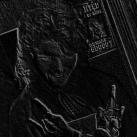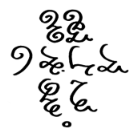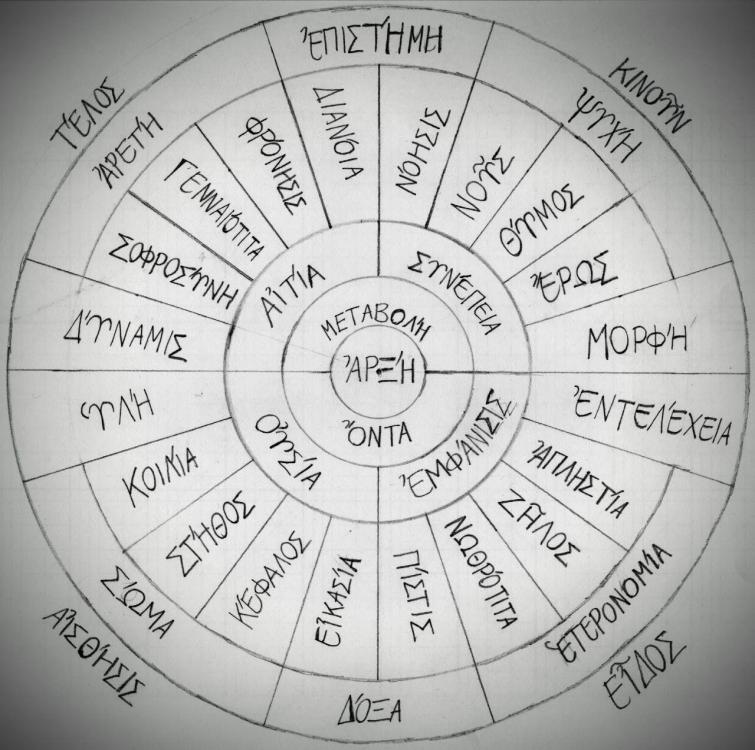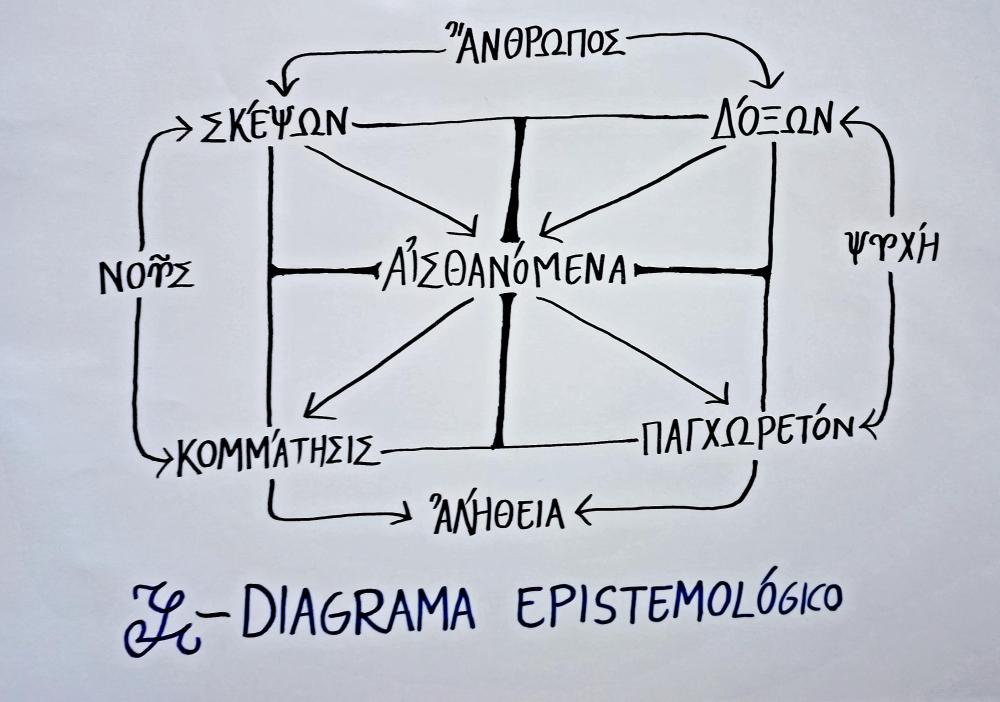Leaderboard
Popular Content
Showing content with the highest reputation on 04/17/2023 in all areas
-
Short original piano composition called "Please!". It is my first composition after a break of 2 years. It is inspired by the music of composers of the romantic era. Another big inspiration was the painting "Lamia" by John Waterhouse. It has the following structure: A - B - C - A' A : Main theme in C Major B : Secondary theme in d sharp minor C : Transition from B to A' in c minor A' : Dramatic variation of A in C Major Thank you for listening! Feel free to comment 🙂1 point
-
This short piece was inspired by Malcolm Arnold, Ingolf Dahl, and a touch of George Gershwin. I don't have much else to say about it at this point other than it should be fun to play. My quintet will be performing this at some point.1 point
-
A happy little ukulele thingy to show I'm not always melancholy (my "Doom-n-Gloom in D minor" piece comes to mind). Enjoy. -Rick1 point
-
Thank you so much for leaving a warm feedback! I also initially planned to end this piece in minor but as you said it aptly yourself, the voice leading sounded more pleasant when I used a picardy third. I also thought, since this is the last piece of my first opus, a major chord ending would be an apt end for the journey. Thanks again for taking the time to listen and sharing your valuable thoughts! ;)1 point
-
Hey man, thank you for the kind words! And you are right, I've never strayed from the original melodic materials. All it is was variations upon variations from the three melodies that I had picked. Heck, some of the parts are literally an orchestration of the track, textures and all. I agree with the comparison with your piece, it's exactly trying to do that (lovely piece btw). I've been enjoying writing smaller pieces for piano and stuff. Maybe a prelude for my next post 👀1 point
-
Yup this is only due to different conception of the picture I guess. For me the Oracle is magical but also apollonian and mystical, thus using gigantic bass and orchestral sound does not fit my conception of it. But of course this is very subjective and thanks so much for your explanation! Henry1 point
-
I understand what you want to say about the "gigantic bass section", but I think you are wrong about this. Can you imagine, people pilgrimage to this Oracle or Shaman, and after that everybody is together, and nothing magical happens? Can you imagine the Shaman/Oracle doesn't do anything mysterious and magical? I just gave some additional thought to the picture, and magical things are great and monumental, that's why I used gigantic bass and orchestral sound with relatively many instruments. 🙂 Thank you for your comment Henry!1 point
-
I love the ethnic and mysterious vibe! The beginning gives me Chrono Trigger vibes - it could easily play as the background in the Magical Kingdom of Zeal! The accelerando is a great transition to a more wondrous and awe-inspiring section at 0:54. I think I hear that the macro-tonal structure is like a kind of perfect cadence (from G phrygian to C minor and ending on a C major chord). I like your use of different modes to create different atmospheres throughout the piece! Great job and thanks for sharing!1 point
-
Henry, you stand for everything that is good in the world, not an idiot. We all have our good qualities, and you're one of the most intelligent people I've ever met. I thoroughly thank you for your compliment though. I recall you mentioned you enjoyed Philosophy. Well then, here's two of the philosophical diagrams I have created. I encourage you to base yourself on them to try to figure out the underlying principles of my philosophical system.1 point
-
I don't know who it was that said that this piece didn't seem like it was related to the original track, but to me it was obvious from the beginning that you've imbued it with the original melodic material from the 8-bit track of "Treasure Master" from start to finish. I felt like every note was a variation or allusion to some element of the "Treasure Master" track and I think that's quite an achievement! I have enjoyed listening to this piece every time and I keep finding new things in it. I am glad you managed to finish this one and submit and am not surprised that you're quite fatigued with this kind of writing for the time being. If you ever have time to take a look at it, I wrote a piece for a previous competition - "Medley on a Theme by Yoshimatsu" which tries to do the same thing you did here - using the original melodic material from the Yoshimatsu "Waltz of the Rainbow Colored Roses" (or something) as the basis for every single note that went into the piece. I love writing variations and you seem to have a knack for it too so I thought you might enjoy that. Great job and congratulations on the win! And of course thanks for your participation!1 point
-
I love the immaculate texture created by your crystal clear piano vst. This is a lovely mood/atmosphere! It feels like it's probing into some kind of mystery. I love how you start on the bVI chord of B minor. Ending on the tonic major 7th chord is a nice touch, but I wonder if the mood/atmosphere of the piece would have been better served by remaining in the minor mode? Then again, you wouldn't have that nice chromatic voice-leading between the G major chord that precedes it and the B major 7th chord. Great job and thanks for sharing!1 point
-
I think you've succeeded at that. The 1st movement is melodic, in the bass as well as the high flutes. There are many contrasts which relieve the listener from the driving ostinati in the beginning. I think you create great textures with the different kinds of figurations you present. The recapitulation of material from the beginning is a nice touch too, extending the length of the piece naturally in a kind of A B A form (or maybe a kind of voyage and return). The ending is well prepared and sounds quite conclusive (which is sometimes hard to do in minimalist pieces). The 2nd movement is not my favorite. It sounds quite hectic and unhinged. But maybe it would be perfect for a chaotic scene in a film or video game. It lets up in intensity after a while, which is a welcome respite. There is a nice shimmering sheen of high sparkling textures in this movement which I like. This one also has a nice transition back to a recapitulation of the main material from the beginning. The ending chords are I guess, sufficient for an ending. The 3rd movement harmonies are quite ethereal and mysterious. I hear some use of parallelism/harmonic planing in this, which is a unique choice resulting in the particular feel of this movement. The flute melody in the middle sounds kind of familiar but I'm not sure where I've heard it before. It is quite affecting and lucid however - I like it! I am not sure how possible it would be for a single harp to play those arpeggios after minute 4 - maybe use two harps so they have ample time to change their pedals. This one also brought the listener back to the beginning, and ended on a sort of cliffhanger of an ending which I thought was decently effective. Overall I thought these were quite enjoyable! Thanks for sharing.1 point
-
Hi @Fugax Contrapunctus, I have reviewed the Passacaglua so probably won't repeat here. Personally I love the G minor waltz more than the D minor one: the G minor is more a pure waltz which is enjoyable with its light character; while for the D minor one I find the counterpoint a bit serious for the character of waltz. But these are just my personal preference and thanks for sharing! Btw I like your self-portrait and for an artistic idiot like me I find it very detailed portrait! Henry1 point
-
We can try. Which version do you use? Can you share a screenshot of how it looks when you try to respell pitches? Selecting everything and doing arrow up + arrow down should make everything flat, at least in MS3.1 point
-
Hi again Pablo! Let's check: • First waltz: a powerful first section; the middle one (M15-27) convinced me a bit less than the rest but nonetheless it was a very pleasant waltz. Just to be sure, is it from 2021 as the title says and unlike the other two? • Second waltz: it starts a bit weak to my taste but it gets better and better. However, I found that M26 seems to be unplayable as it is written (14th span in the left hand). • Third waltz: the most enjoyable and rich in terms of musicality of all three in my opinion. By the way, should the ending bar be in M18? You kept it arguably simple in these three pieces, yet you managed to extract a lot of meaning from them in my opinion, specially in the last one. I must say the endings didn't really convince me a lot this time, but it's just that I'm very nit-picky with endings overall. Kind regards, Daniel–Ømicrón.1 point
-
Hi @BipolarComposer, I never like minimalist at all, but I like in no.1 the repetitions provide an epic feeling in it. I don't think that too minialist, it's more like Bolero when things keep adding on it. Lovely dynamic contrast in 2:40 and lovely reset as well! I don't find it monotonous at all with the change of harmony and timbre. Modal Great job! Modal harmony is great throughout the set. For me the 2nd mov is quite similar to the 1st and as great as well, if not greater with the greater motion in it! Lovely change of chords for the Scherzo! Great motion in it and I love 1:26 when you suddenly reset! The harmonic change becomes darker there and lovely clarinet! The build up from 3:25 and 4:40 are well crafted! Great ending for the set! I thoroughly enjoy the sets and thanks for sharing! Henry1 point
-
So I wrote this hoping to base all of the melodic material in my piece on the original theme by Yoshimatsu (Waltz of the Rainbow Colored Roses). However, I deliberately didn't listen to the original piece (only the first couple of seconds where the fragment of the theme is presented) so as to, hopefully be inspired only by the fragment and allow for more possibilities which might have been tainted had I known how Yoshimatsu developed it in his piece. I came up with many versions of the theme in my musical notepad and then more extensively in my notebook without really any idea of how I was going to put the piece together. It was just lucky that I somehow managed to create themes that progressively accelerated in tempo when put side by side with each other. I decided not to include the theme itself in my composition as I thought many people might take that route so I thought it might be more fresh to present the listener only with original versions/transformations of the theme. The theme in it's original form (as in both the rhythms and the pitches of the theme) does not appear anywhere in my composition. However, I kept the piece in it's original key of D minor, so the pitches of the original piece should be easy to spot for anyone looking through the score. I also used inversions of the theme, retrogrades and inversion retrogrades (loosely rather than strictly). With respect to the inversions and inversion retrogrades I used tonal/diatonic versions rather than "real" inversions (I transposed them diatonically into the key/pitch level I wanted them to occupy). This is a medley where each of the themes that comes up is a variation of the theme. Also, the bass-lines, accompaniment figures and counter-melodies are also based on the theme. Although the harmonic progressions aren't directly derived from the theme. Let me know what you think of the result and if you have any curiosities about specific transformations of the theme! Also - it would be great to know if anyone actually voted for my piece so let me know (since I didn't win 😖 LoL). If you didn't vote for my piece and would like to let me know why that would be great too, so feel free to criticize!1 point

.thumb.png.8b5b433a341551e913a34392660bc95b.png)






